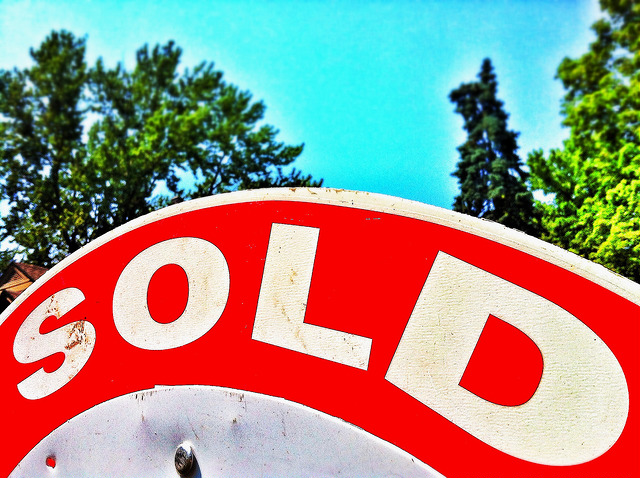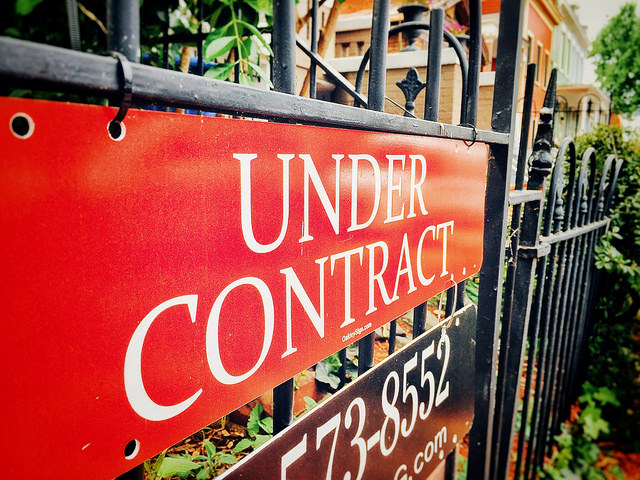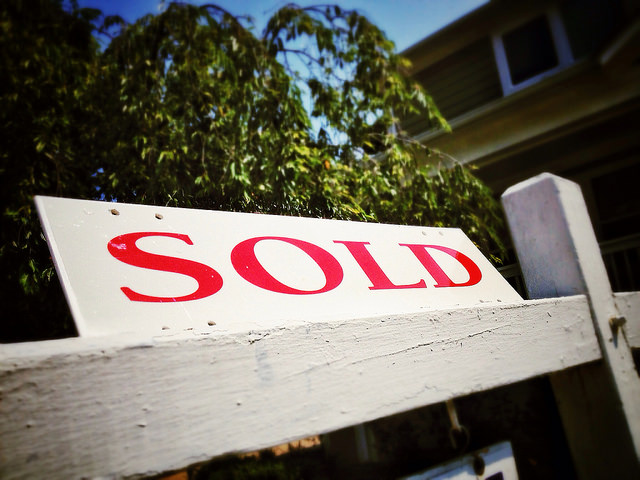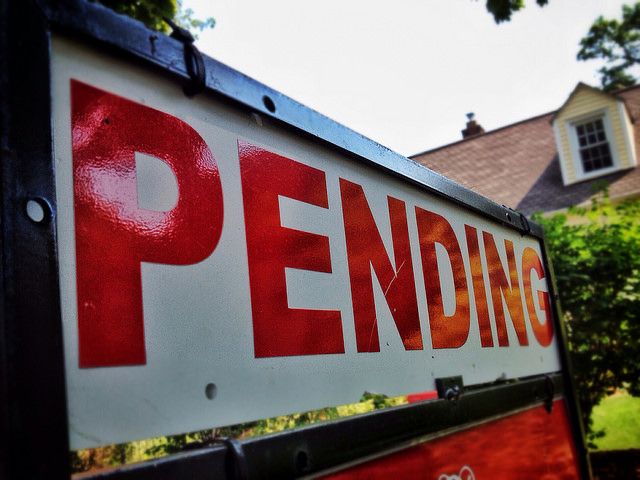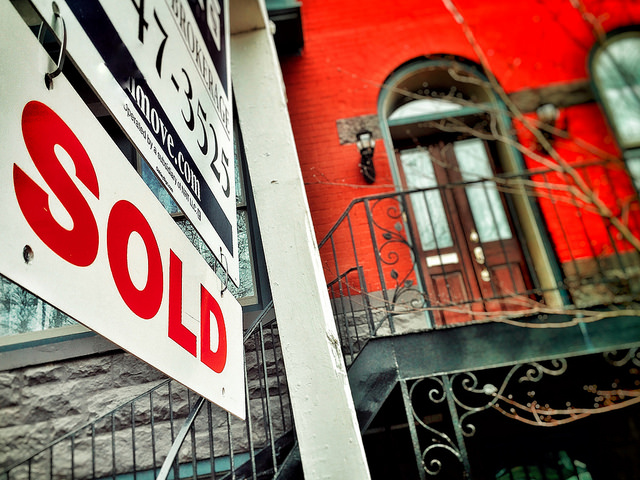Sales of previously owned homes rose for the second-consecutive month, according to new numbers released by the National Association of Realtors. In April, existing-home sales – which includes single-family homes, townhomes, condominiums, and co-ops – increased 1.7 percent, beating economists’ expectations and pushing sales 6 percent above last year’s level. Lawrence Yun, NAR’s chief economist, said April’s increase is a sign that the housing market is slowly building momentum. “Primarily driven by a convincing jump in the Midwest, where home prices are most affordable, sales activity overall was at a healthy pace last month as very low mortgage rates and modest seasonal inventory gains encouraged more households to search for and close on a home,†Yun said. “Except for in the West – where supply shortages and stark price growth are hampering buyers the most – sales are meaningfully higher than a year ago in much of the country.†A look at regional results shows the South and West both down slightly from the month before, while the Northeast posted a 2.8 percent improvement and the Midwest surged 12.1 percent. Also in the report, the number of homes available for sale rose 9.2 percent. More here.




